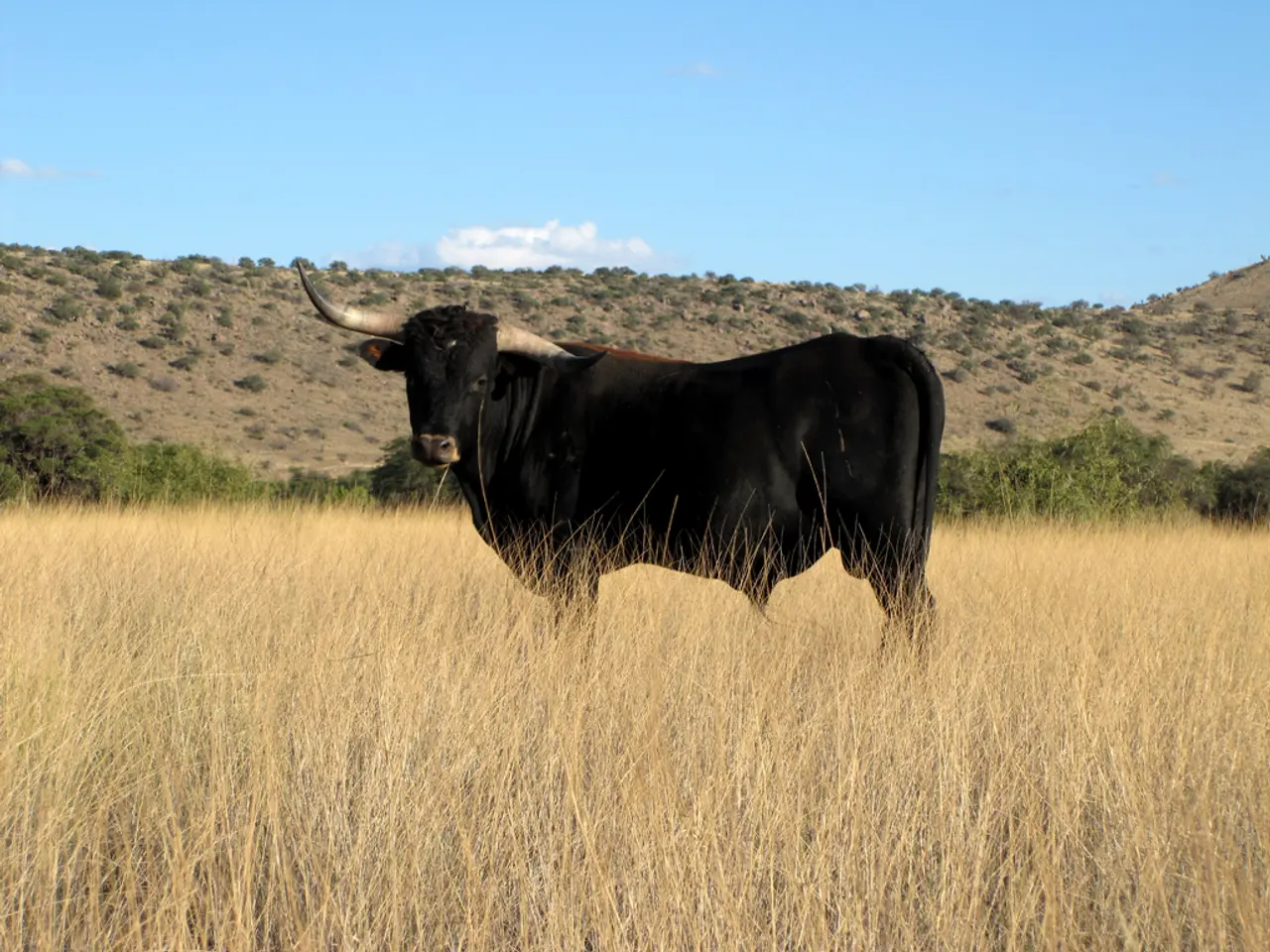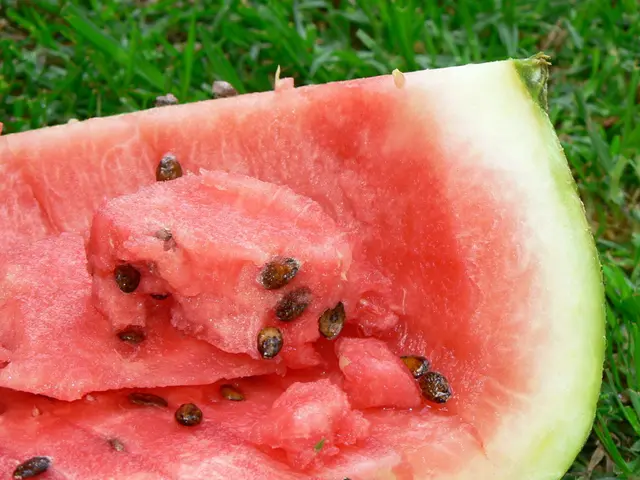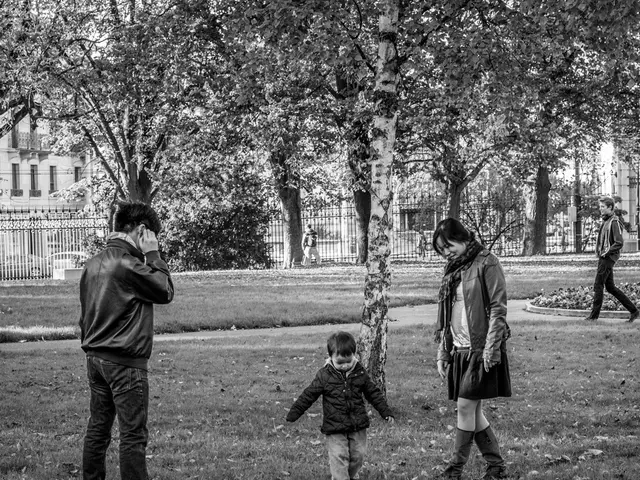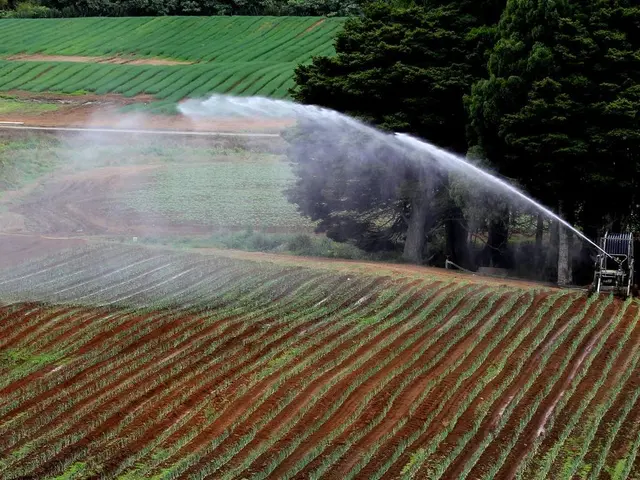More wolf packs live in Lower Saxony - Wolf Packs in Lower Saxony Reach 59, Livestock Attacks Surge
The number of wolf packs in Lower Saxony has risen to 59 by the end of Q3 2025, marking an increase from 56 in the same period last year. The Cuxhaven district experienced the highest number of confirmed wolf attacks on livestock, with 21 incidents reported. The management and monitoring of wolves in the region involve several organisations, each with its own responsibilities.
The rise in wolf packs has led to an increase in attacks on livestock. Between July 1 and September 30, there were 100 incidents of wolves attacking livestock in Lower Saxony, resulting in 200 animal deaths, 101 injuries, and five reported missing. Sheep were the most targeted, followed by cattle and horses. The increase in wolf territories, now at 64, reflects this growing presence.
The management of wolves in Lower Saxony is overseen by several organisations. The Niedersächsischer Landesbetrieb für Wasserwirtschaft, Küsten- und Naturschutz (NLWKN) is the central state authority responsible for the protection of wild animals, including wolves. They handle the wolf monitoring, documentation, and public information. The Landesjägerschaft Niedersachsen e.V. supports this monitoring through trained volunteers, while the Niedersächsisches Ministerium für Umwelt, Energie, Bauen und Klimaschutz sets the legal framework. Locally, the Untere Naturschutzbehörde of the Region Hannover is involved in conflict resolution and herd protection.
The increase in wolf packs and attacks on livestock in Lower Saxony has sparked debate and posed challenges to pastoral farming. With 59 packs and 64 territories, the wolf population continues to grow. The special permit issued for culling a wolf due to repeated predation on livestock highlights the ongoing tension between conservation and farming interests. The region's organisations work together to manage this growing presence, with the NLWKN, Landesjägerschaft Niedersachsen, and the Region Hannover's Fachbereich Umwelt serving as key points of contact.








